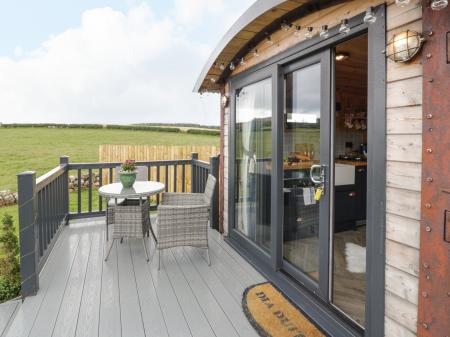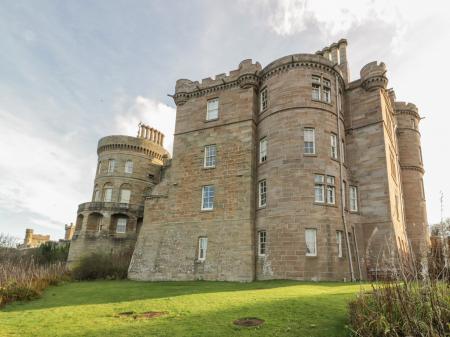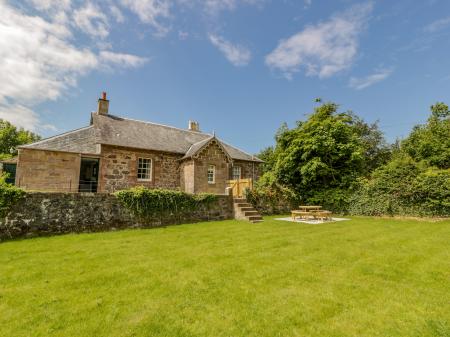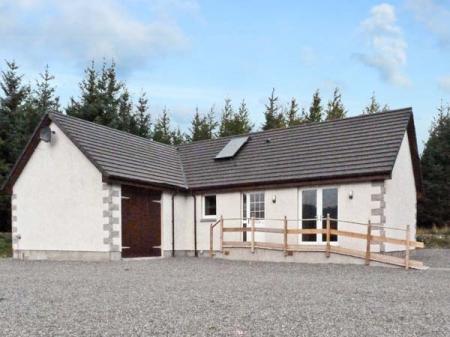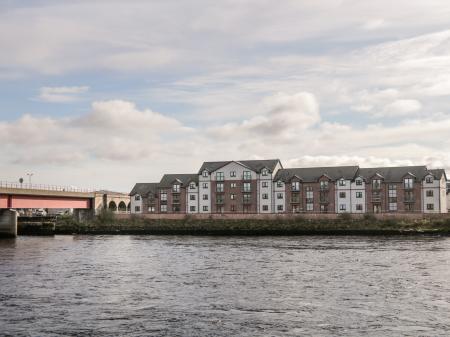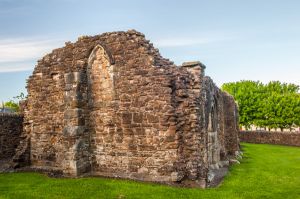
The college lasted until the Reformation, and we know from historical records that the church was still in use in 1563 when over 200 armed men of Carrick assembled here to hold Mass, which was then illegal in Scotland. The ringleaders were arrested and imprisoned.
The church was later used as a burial place for the Earl of Cassilis and the Laird of Colaine. The current roofless ruins largely date to the 15th century and feature a well-carved doorway in First Pointed style and a rare surviving Easter Sepulchre.
Visiting
I found the church very poorly signposted. I expected to see a brown tourist sign somewhere in the centre of Maybole, but I walked back and forth along the main road in vain, looking for any indication of the church site.
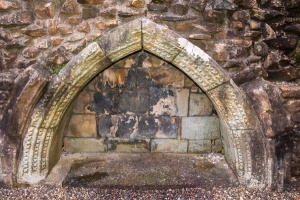
Finally, I stopped in the town hall where there was a function being held, and asked several people, but no one seemed to know anything about the Collegiate Church. Finally, I was directed to a security guard, a native of Maybole, who very kindly walked down to the church site with me.
The church is located just off John Knox Street (turn at the town hall). But the site was locked and surrounded by a stone wall which blocks views of the church except through a gated opening.
Here's the 'official' opening information ... the church is normally closed, but the key can be obtained from Crossraguel Abbey, just south of Maybole on the A77.
And here's the more practical 'been there' explanation ... most people won't bother to drive to the abbey for a key, return to Maybole, unlock the gate for a 10-minute exploration of the site, lock it again, and drive back to Crossraguel. You can see the exterior of the church through the gates reasonably well, though you can't see into the interior.
My friendly guide suggested that if I felt fit I might just as well climb the wall for a better look. I can't officially recommend following my new friend's suggestion, but if you look at the photos accompanying this article you can guess what I did.
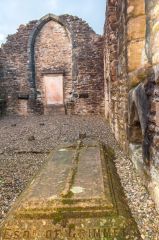
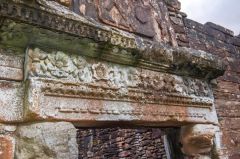
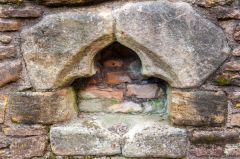
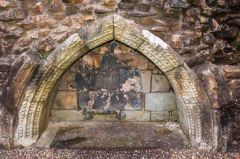
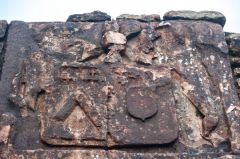
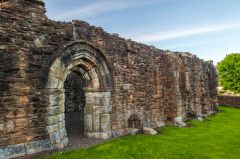

 We've 'tagged' this attraction information to help you find related historic attractions and learn more about major time periods mentioned.
We've 'tagged' this attraction information to help you find related historic attractions and learn more about major time periods mentioned.